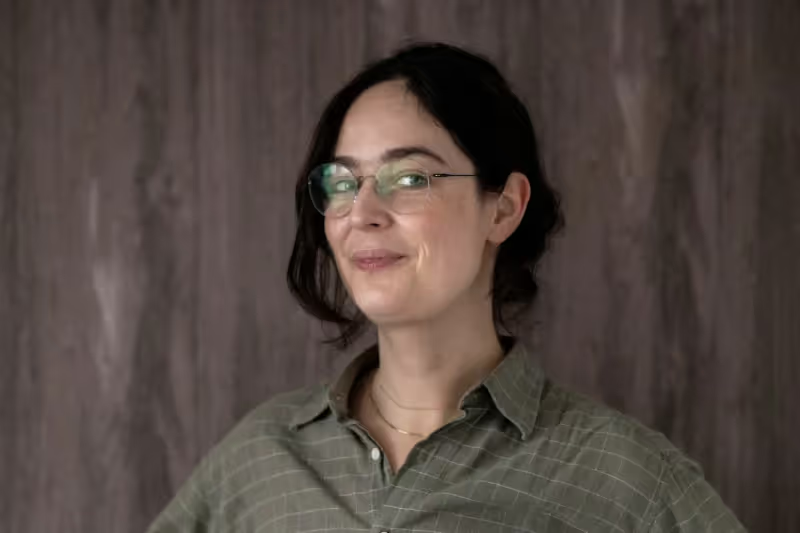
20 November 2024
Most recently, Sofia held the position of machine learning and computer vision R&D engineer at Therapanacea in Paris, developing AI products to improve cancer treatment in human medicine. Before that, Sofia wrote her PhD thesis on how to detect horses' pain expressions using computer vision methods. The research primarily focused on video data, with a particular emphasis on how temporal sequences play a critical role in accurate pain diagnostics. For this reason, her work also encompassed elements of spatiotemporal features and action recognition.
"Bringing in top talent like Sofia means we can continue to push the frontiers of AI-based motion analysis; we’re committed to leading innovation within a field that has such a significant impact on equine health”, says Axel Nyström, CEO at Sleip.
During her PhD years, Sofia worked closely with the veterinary researchers Elin Hernlund (also co-founder of Sleip), Pia Haubro Andersen and Marie Rhodin and their team at SLU in Uppsala, a collaboration she states as a model for how interdisciplinary work should be conducted; engaging, smooth and full of mutual learning.
After defending her thesis in 2022, Sofia moved to Paris to focus on human cancer-care applications of computer vision and AI at the French scale-up Therapanacea (a spin-off from University Paris-Saclay founded by professor Nikos Paragios). Here, she gained valuable experience in transferring explorative machine learning research from training to production while adhering to medical device standards and AI regulations.
Hearing about Sleip’s progress, it seemed a great fit for Sofia and a place where both her experience in computer vision applied to equine life science applications and strong AI skills would come to use to advance Sleip’s motion analysis.
“With cutting-edge video analysis, allowing for explorative research and a large number of fun (and hard!) computer vision challenges, as well as a meaningful application, Sleip is the ideal workplace for me", says Sofia Broomé.
"Pain detection research is exciting and important, but highly explorative and difficult to quantify, since it’s really an internal, and subjective state. For that reason, it’s gratifying to work on lameness which we know constitutes a tangible, visual asymmetry, only very subtle to the human eye.
That is precisely what we should use computers and AI for, in my view – when tasks are tedious or too demanding for the human brain (in this case, the movements of the horse’s limbs are often too fast for us to register in a systematic way). Similarly, in Paris, we worked on AI tools that could save doctors many hours drawing contours around organs in the body from CT scans.”
"We’re thrilled to welcome Sofia to the Sleip team, as her expertise in computer vision and dedication to advancing welfare in animal care align perfectly with our mission,” says Axel Nyström, CEO at Sleip.